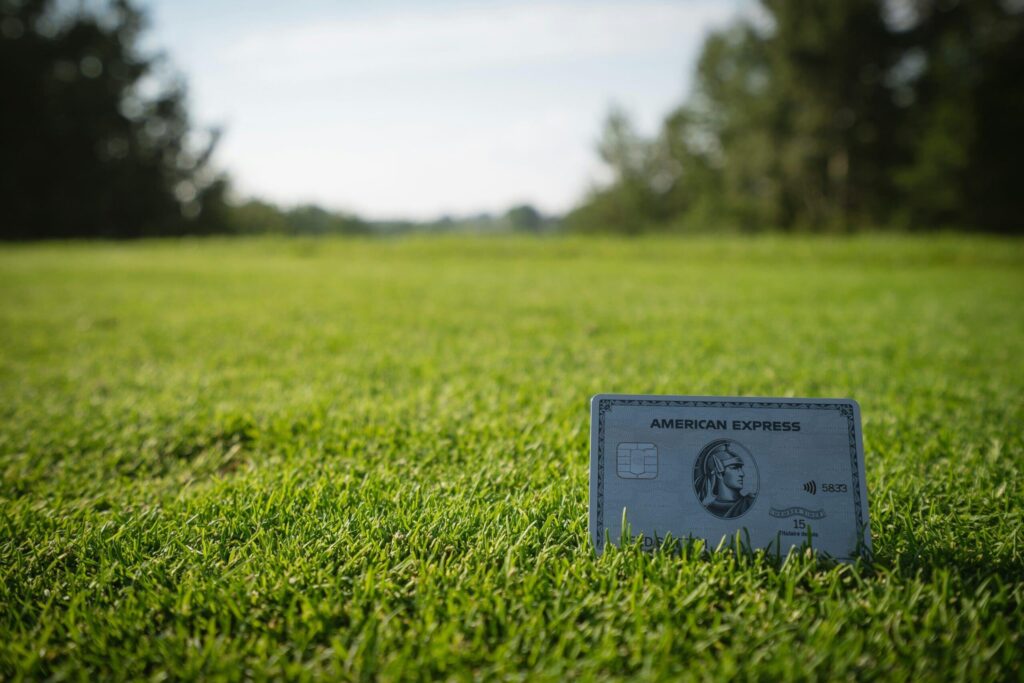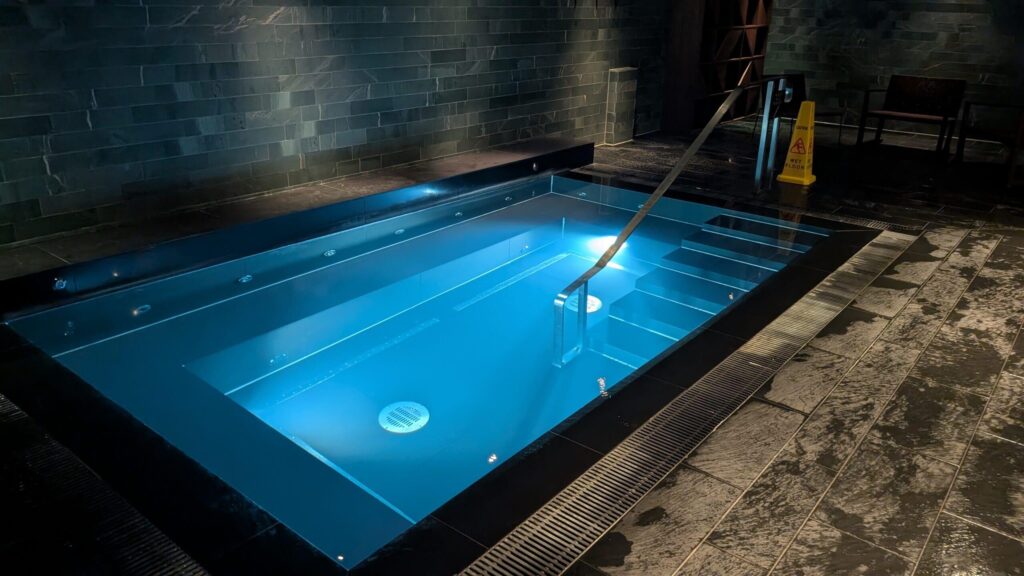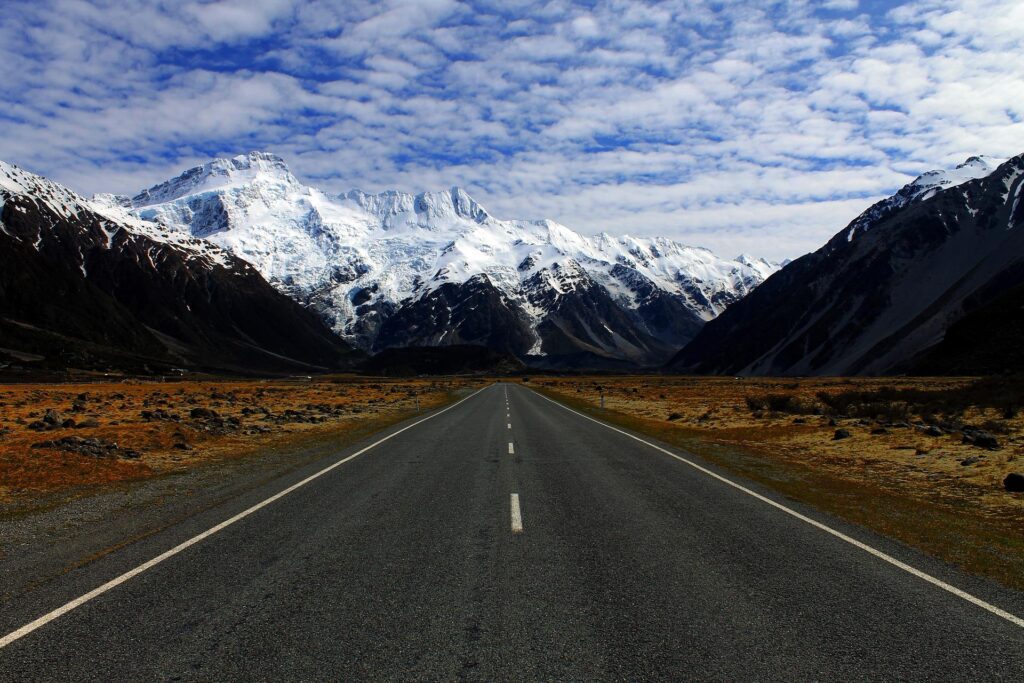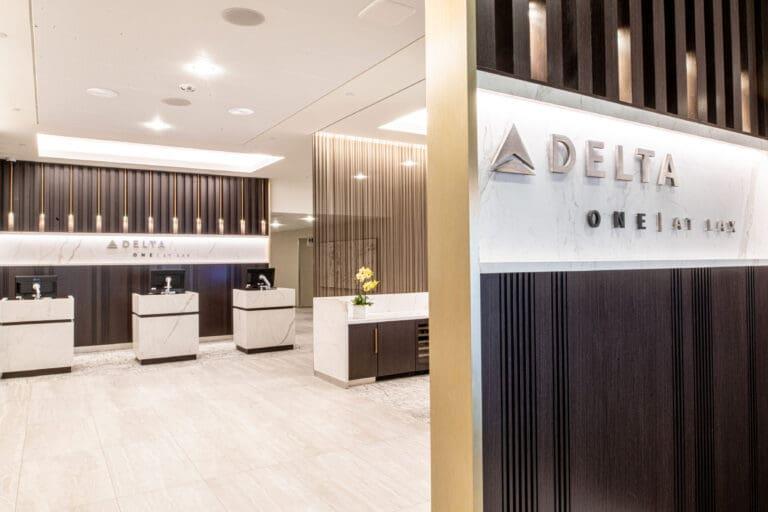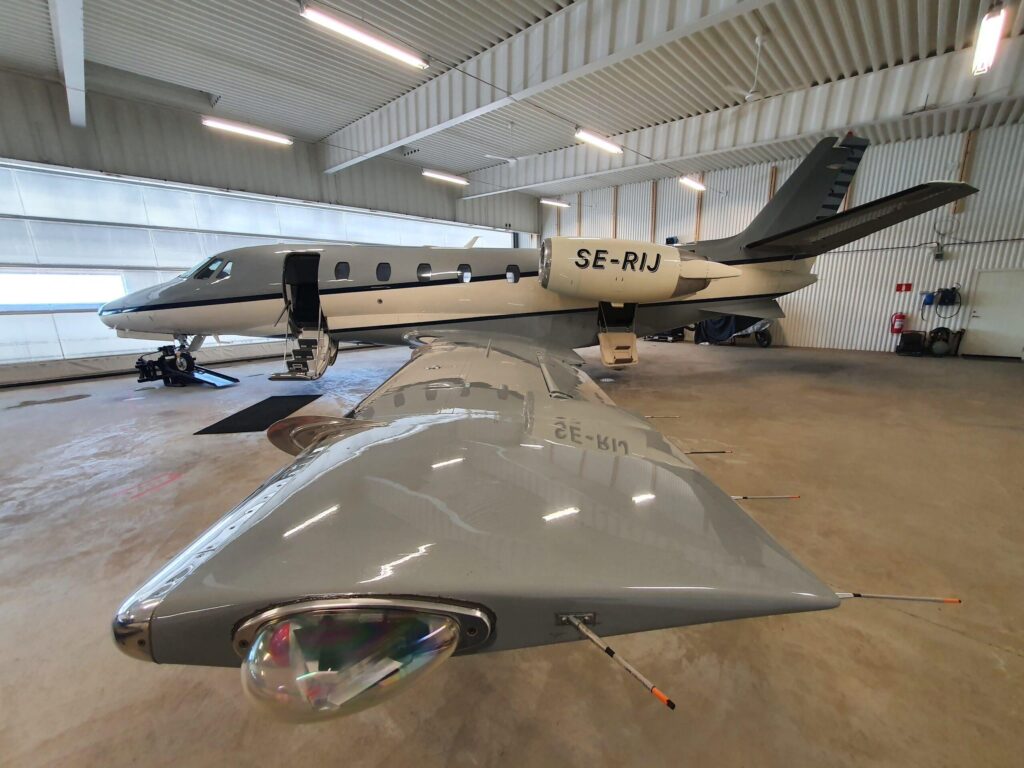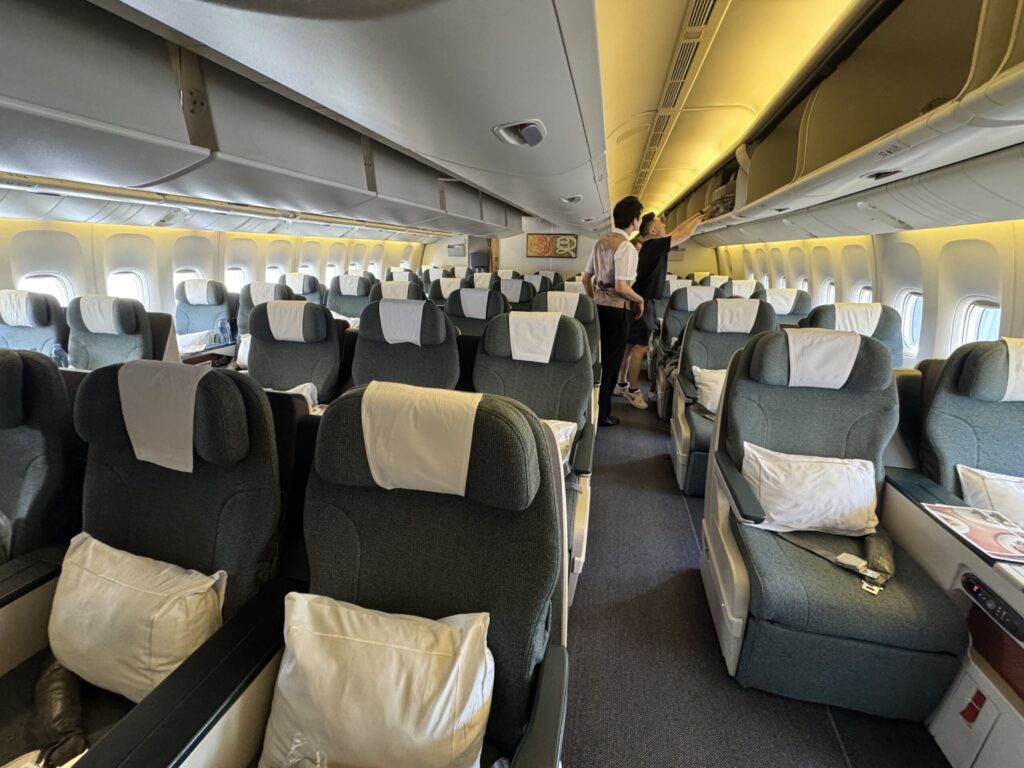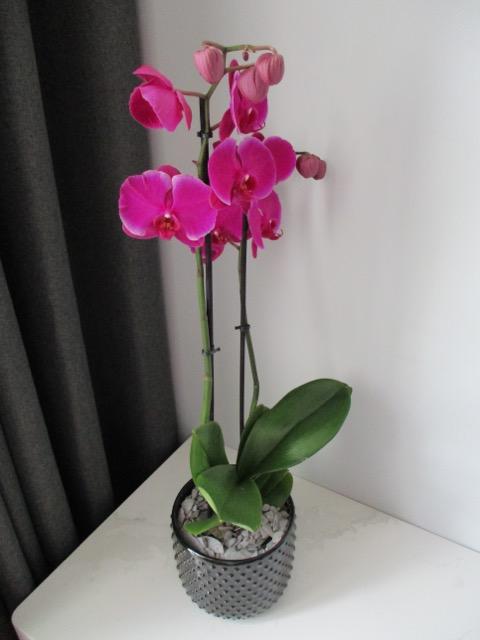
48 Hours in Osaka: Making the Most of a Layover
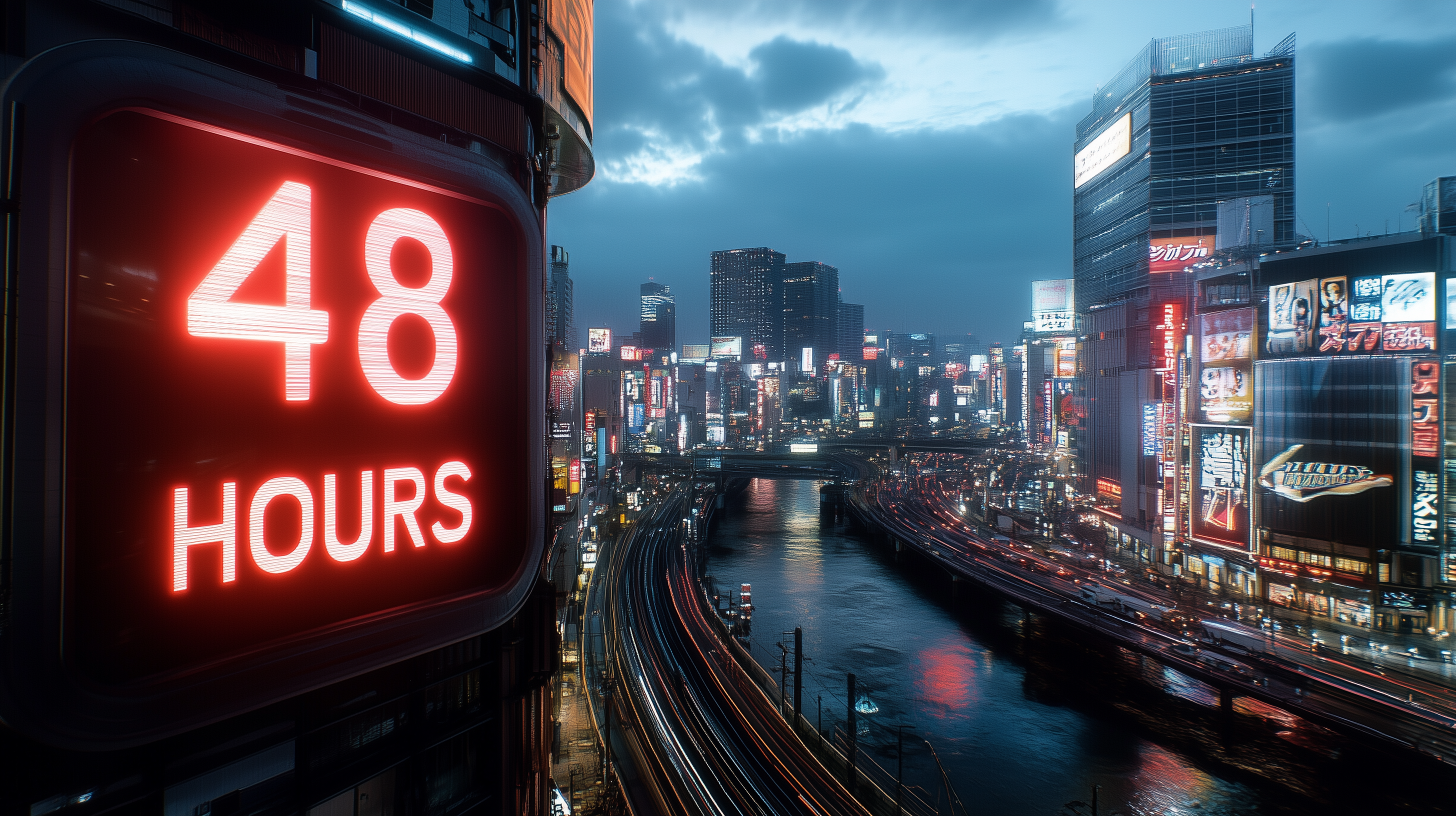
When business calls you halfway across the world, sometimes you’re gifted with unexpected opportunities. Such was the case when a work trip presented me with a 48-hour layover in Osaka, Japan. With just two days to explore this vibrant city, I embarked on a whirlwind adventure to immerse myself in its rich culture, tantalizing cuisine, and modern marvels. This detailed guide chronicles my journey, offering insights and recommendations for anyone looking to maximize a short stay in Osaka.
Day 1: A Dive into Osaka’s Historical Heart and Culinary Soul
Morning: Sunrise Serenity at Sumiyoshi Taisha Shrine
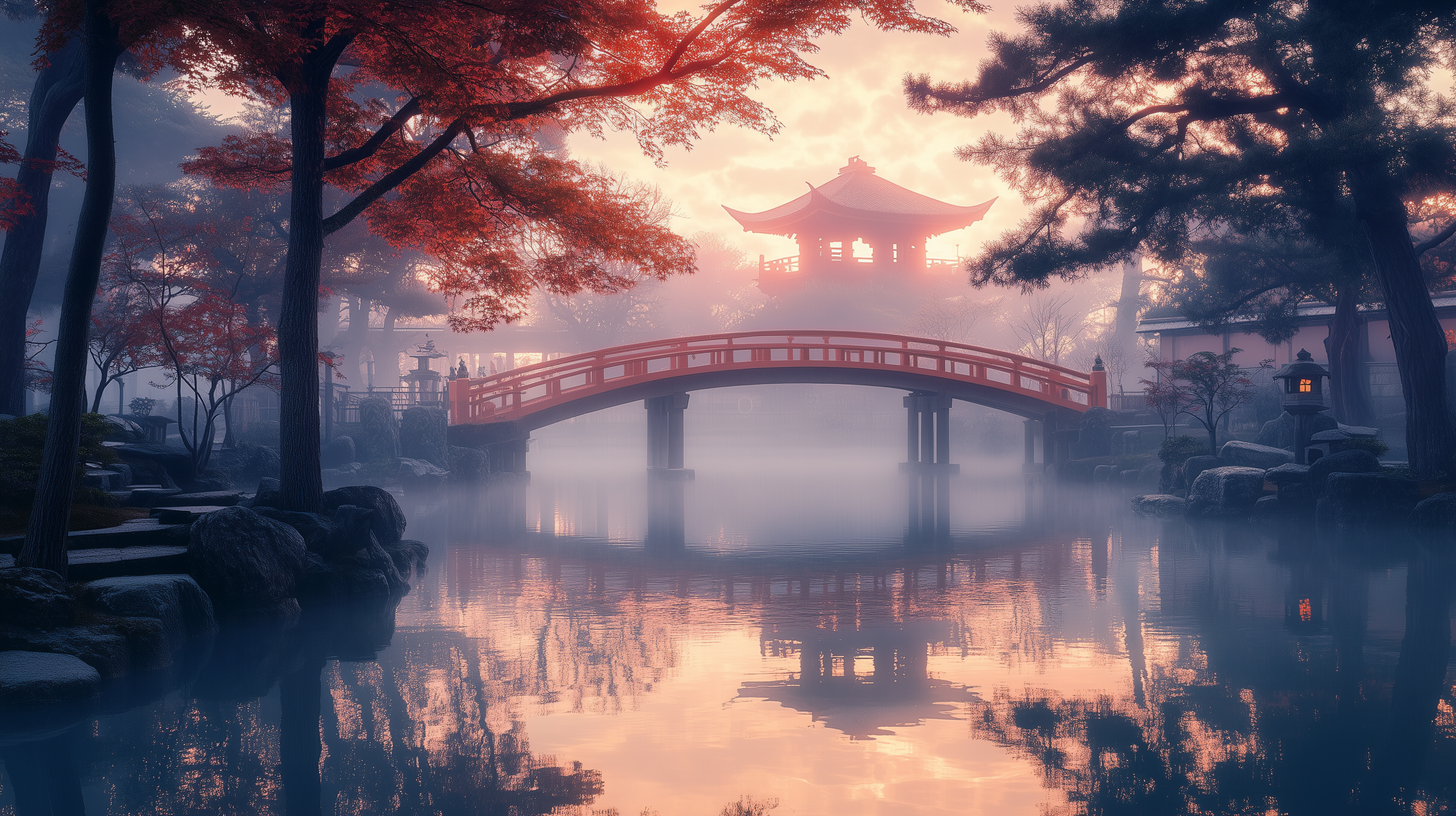
My first morning began at Sumiyoshi Taisha Shrine, one of Japan’s oldest Shinto shrines, dating back to the 3rd century. Arriving early, I was greeted by the tranquil ambiance of towering camphor trees and the iconic Sorihashi Bridge, its steep arch gracefully reflected in the pond below. The air was crisp, filled with the faint scent of incense and the melodic chants of monks performing morning rituals.
As I wandered through the sprawling grounds, I observed traditional Shinto architecture characterized by straight roofs and vivid vermilion accents. The absence of Buddhist influence made the shrine uniquely captivating. I took a moment to participate in the purification ritual, washing my hands and mouth at the temizuya pavilion—a practice believed to cleanse the spirit.
Visiting Sumiyoshi Taisha offered a peaceful start to my hectic itinerary, providing a glimpse into the spiritual fabric of Japanese culture. For those interested in exploring more sacred sites, I recommend japans-must-visit-shrines-and-temples for a comprehensive list.
Late Morning: Culinary Exploration at Kuromon Ichiba Market
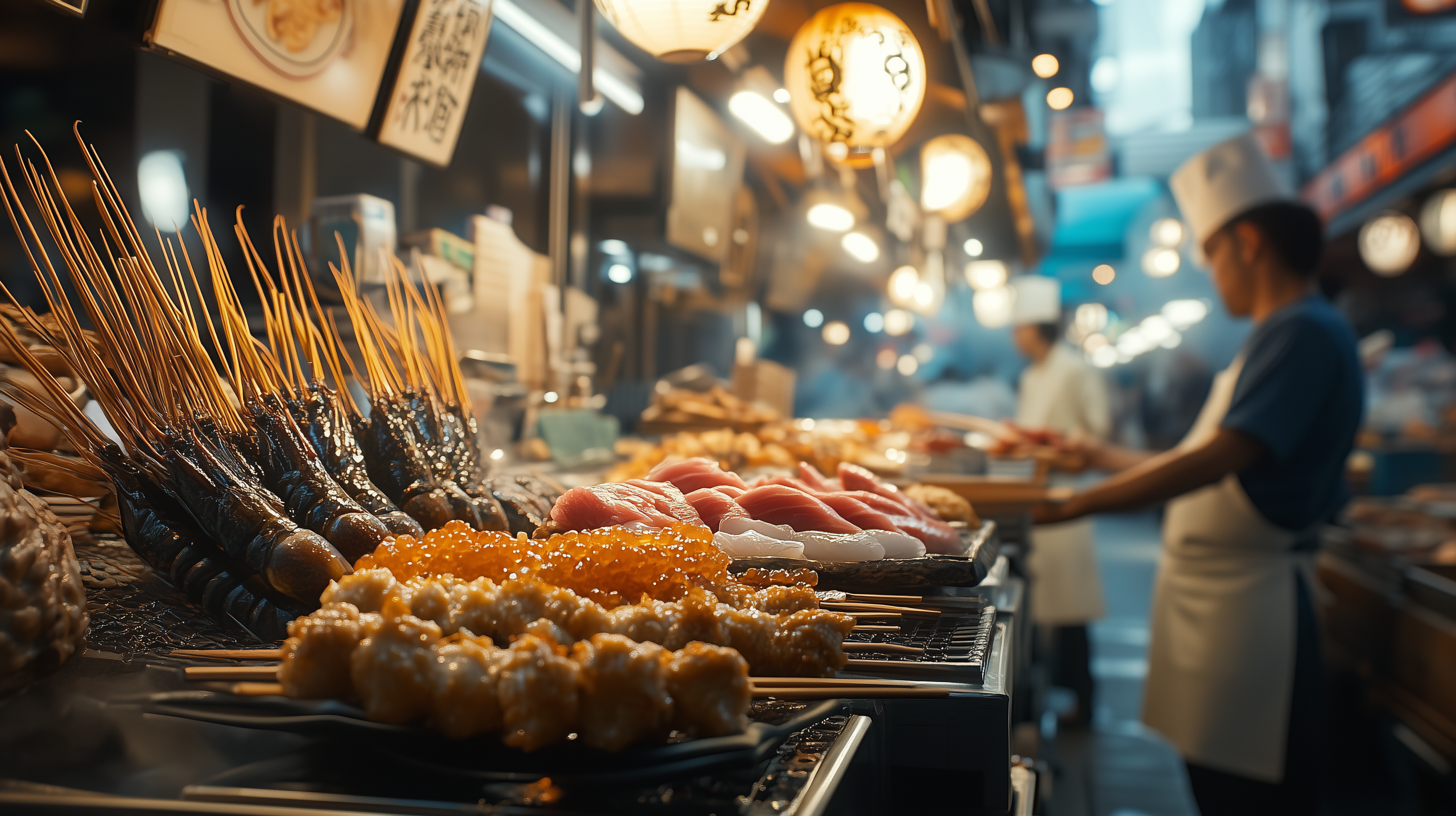
With my appetite awakened, I headed to Kuromon Ichiba Market, affectionately known as “Osaka’s Kitchen.” This bustling marketplace spans over 580 meters and boasts around 150 shops. The moment I stepped inside, I was enveloped by a symphony of sights, sounds, and aromas. Vendors called out to passersby, showcasing an array of fresh seafood, colorful produce, and mouth-watering street food.
I indulged in freshly grilled uni (sea urchin) served in its shell—a creamy, briny delicacy that melted in my mouth. Next, I savored a skewer of succulent Kobe beef, its rich flavor a testament to Japan’s renowned wagyu quality. The highlight was a small stand where I tried fugu (pufferfish) sashimi under the careful preparation of a licensed chef. The thinly sliced fish, arranged like a blooming chrysanthemum, was both a culinary adventure and a cultural experience.
For dessert, I couldn’t resist taiyaki—fish-shaped cakes filled with sweet red bean paste—and a cup of matcha tea to cleanse the palate. Navigating Kuromon Ichiba was a delightful way to engage with local vendors and sample Osaka’s gastronomic offerings. More food adventures can be found at foodie-guide-to-japan.
Afternoon: Cultural Immersion at Osaka Museum of Housing and Living
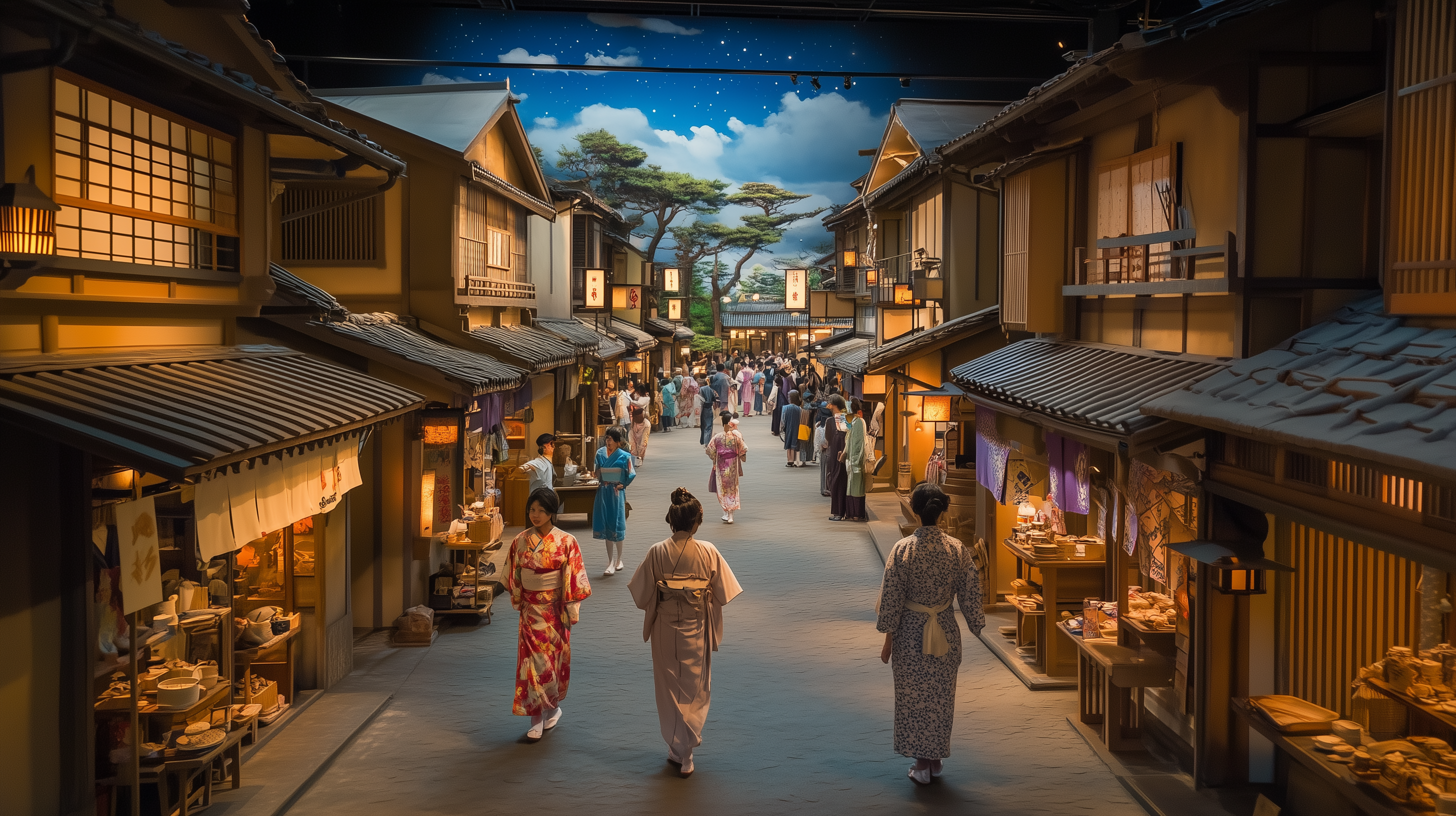
To gain deeper insights into Osaka’s history, I visited the Osaka Museum of Housing and Living. This interactive museum recreates life in Osaka during the Edo period (1603-1868). Walking through the full-scale replica of a 19th-century town, I felt as though I’d stepped back in time. The attention to detail was astonishing—from the merchant houses and tea shops to the sounds of merchants hawking their goods.
Visitors can rent traditional yukata robes to enhance the immersive experience, which I eagerly did. As I strolled the cobblestone streets, the lighting shifted to simulate day to night, complete with a simulated sunset and a starry sky. The museum also featured hands-on workshops where I tried my hand at traditional crafts like indigo dyeing and calligraphy.
The Osaka Museum of Housing and Living offered a tangible connection to the city’s past, highlighting how history shapes present-day culture. For history buffs, exploring-japans-historic-landmarks provides additional destinations to consider.
Evening: Sunset Views from the Umeda Sky Building
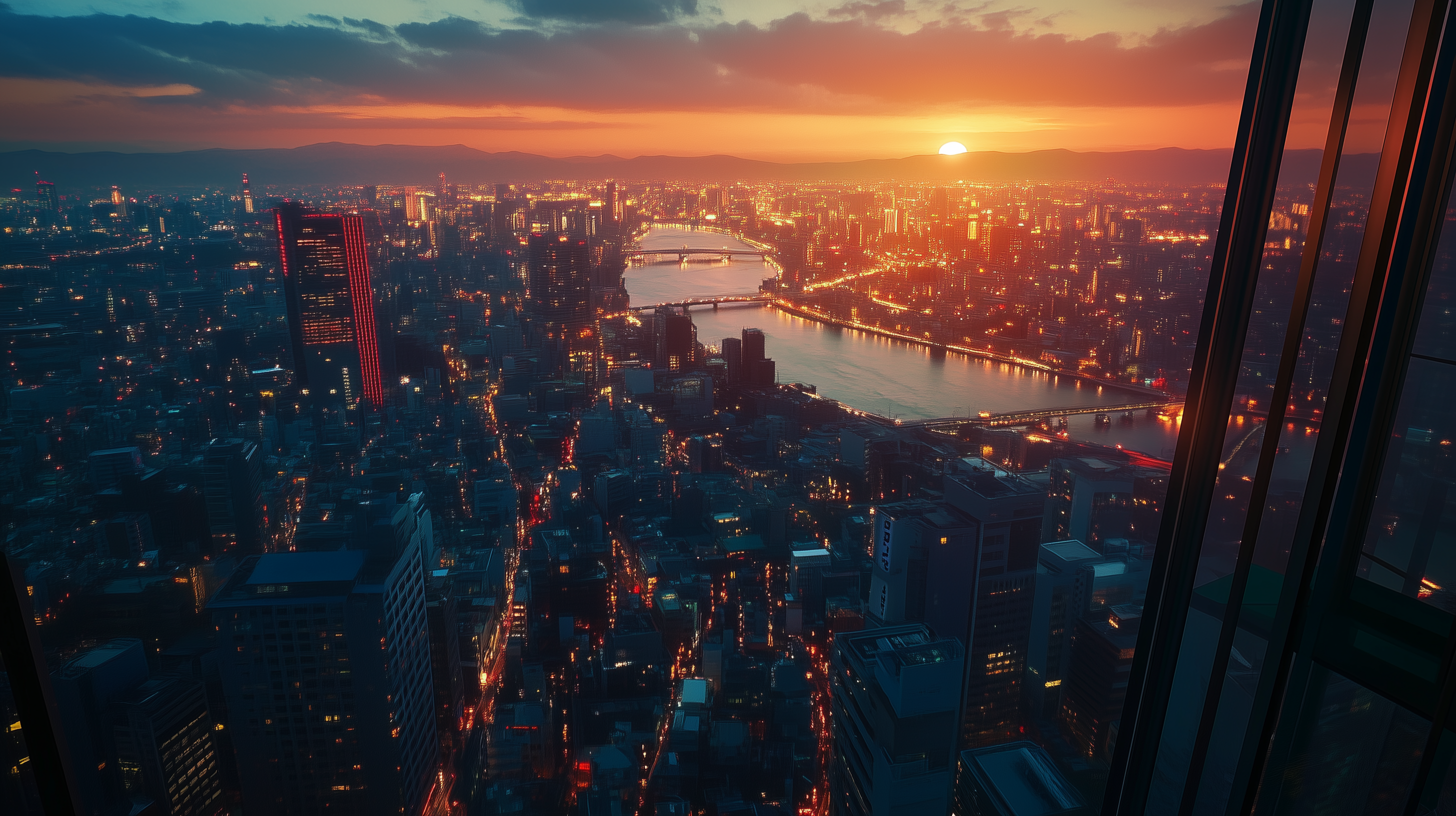
As dusk approached, I made my way to the Umeda Sky Building, an architectural marvel consisting of two 40-story towers connected by a “Floating Garden Observatory” on the 39th floor. The escalator ride up felt like ascending into the clouds, offering glimpses of the city through glass panels.
At the observatory, I was greeted by a 360-degree panoramic view of Osaka. The cityscape transformed as the sun set, casting a warm glow over the buildings and waterways. Watching the city lights flicker to life was mesmerizing—a tapestry of luminescence stretching to the horizon.
After soaking in the views, I descended to the Takimi Koji Alley in the building’s basement—a recreation of a Showa-era street lined with quaint restaurants. Choosing a cozy izakaya, I dined on grilled yakitori and shared stories with locals over glasses of plum wine. The Umeda Sky Building not only offered breathtaking views but also a charming dining experience steeped in nostalgia.
For those seeking stunning city views, best-skyline-views-in-japan highlights other must-visit spots.
Night: Entertainment in the Dotonbori District
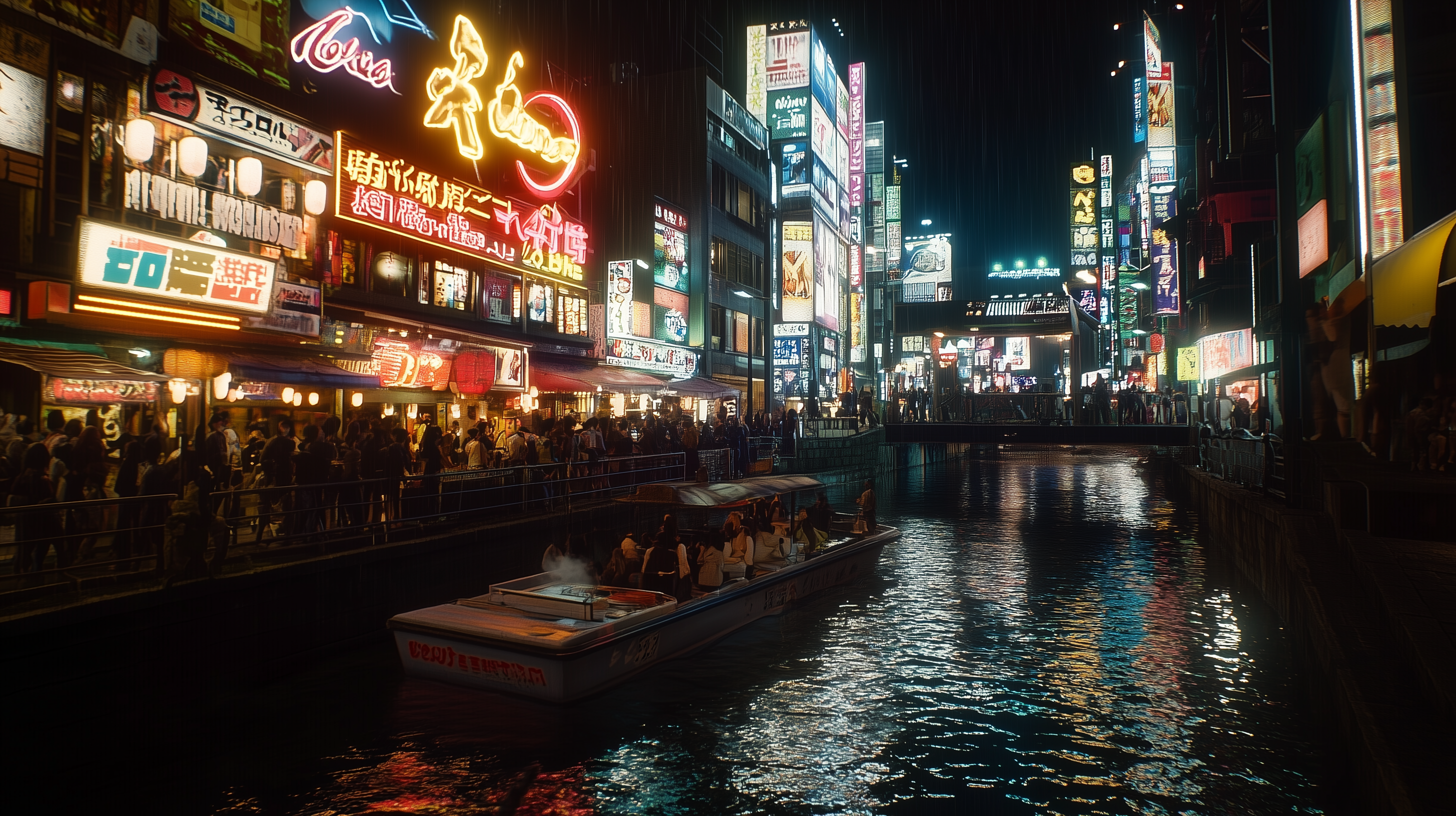
No visit to Osaka is complete without experiencing the electric atmosphere of Dotonbori at night. The neon lights, animated billboards, and the iconic Glico Running Man sign created a vibrant backdrop for evening explorations. Street performers entertained crowds, and the aroma of sizzling street food filled the air.
I embarked on a river cruise along the Dotonbori Canal, offering a unique perspective of the district’s illuminated façades. The guide shared amusing anecdotes and historical tidbits, enhancing the scenic ride. Back on land, I tried my luck at a game arcade, immersing myself in Japan’s gaming culture.
For a nightcap, I visited a rooftop bar overlooking the canal. Sipping on a yuzu-infused cocktail, I reflected on the day’s adventures. To discover more about Osaka’s nightlife, check out nightlife-in-japan-top-spots.
Day 2: Modern Marvels and Natural Escapes
Morning: Technological Wonders at Osaka Science Museum

The next day began with a visit to the Osaka Science Museum. As someone fascinated by science and technology, I was eager to explore the museum’s four floors of interactive exhibits covering astronomy, chemistry, electricity, and energy. The hands-on experiments and demonstrations made complex concepts accessible and engaging.
A highlight was the planetarium—the first built in Japan—where a mesmerizing show projected the cosmos onto a domed ceiling, transporting viewers to distant galaxies. The museum was bustling with families and school groups, the air filled with the excited chatter of curious minds.
Visiting the Osaka Science Museum was both educational and entertaining, offering insights into Japan’s contributions to science and innovation. For more attractions that blend learning and fun, see family-travel-in-japan.
Late Morning: A Stroll Through Nakanoshima Park
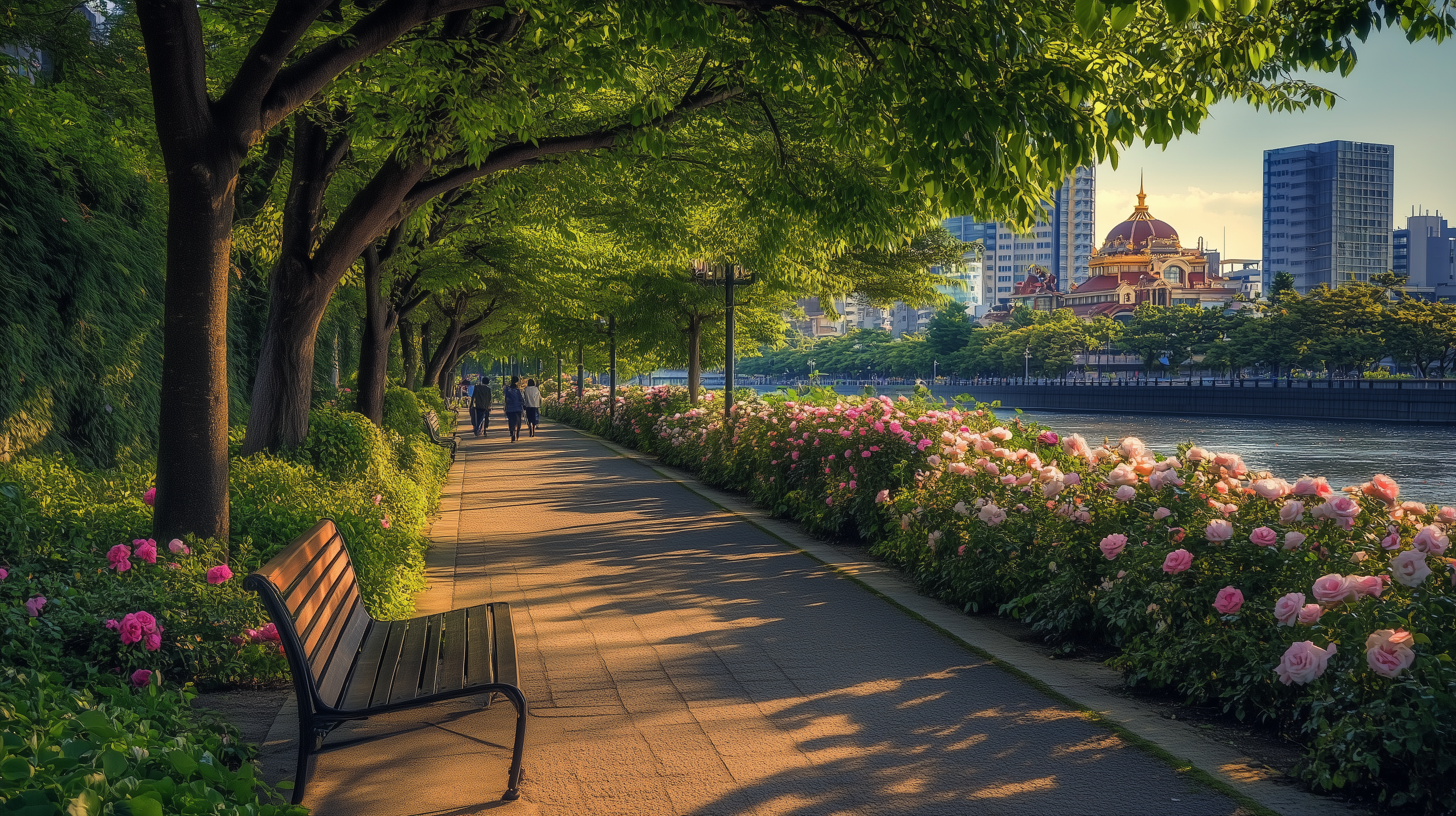
Adjacent to the museum lies Nakanoshima Park, an urban oasis situated on a slender sandbank between the Dojima and Tosabori Rivers. The park’s European-style rose garden, boasting over 310 varieties, was in full bloom, filling the air with a delicate fragrance.
I meandered along the riverside paths, watching joggers and families enjoy the green space. The historic Osaka Central Public Hall, with its striking red-brick façade and copper domes, provided a picturesque backdrop. Taking a moment to relax on a bench, I enjoyed the serenity amidst the urban landscape.
Nakanoshima Park offered a refreshing break from the city’s fast pace, highlighting Osaka’s commitment to preserving natural spaces. For more on Osaka’s parks and gardens, visit japans-beautiful-gardens.
Afternoon: Discovering Creativity at the National Museum of Art

A short walk brought me to the National Museum of Art, Osaka, an underground museum showcasing contemporary Japanese and international art. The building itself is a work of art—its steel lattice structure resembling reeds swaying in the wind. Descending into the subterranean galleries, I explored thought-provoking exhibitions ranging from paintings and sculptures to multimedia installations.
The museum’s collection featured works by renowned artists like Yayoi Kusama and Tadao Ando, offering a window into Japan’s modern artistic expressions. Interactive exhibits encouraged visitor participation, fostering a deeper connection with the art. As an art enthusiast, I found the museum inspiring and recommend it to anyone interested in contemporary culture.
For art lovers seeking more destinations, art-and-culture-in-japan provides a curated list of must-visit museums.
Late Afternoon: Exploring Shinsekai and Tsutenkaku Tower
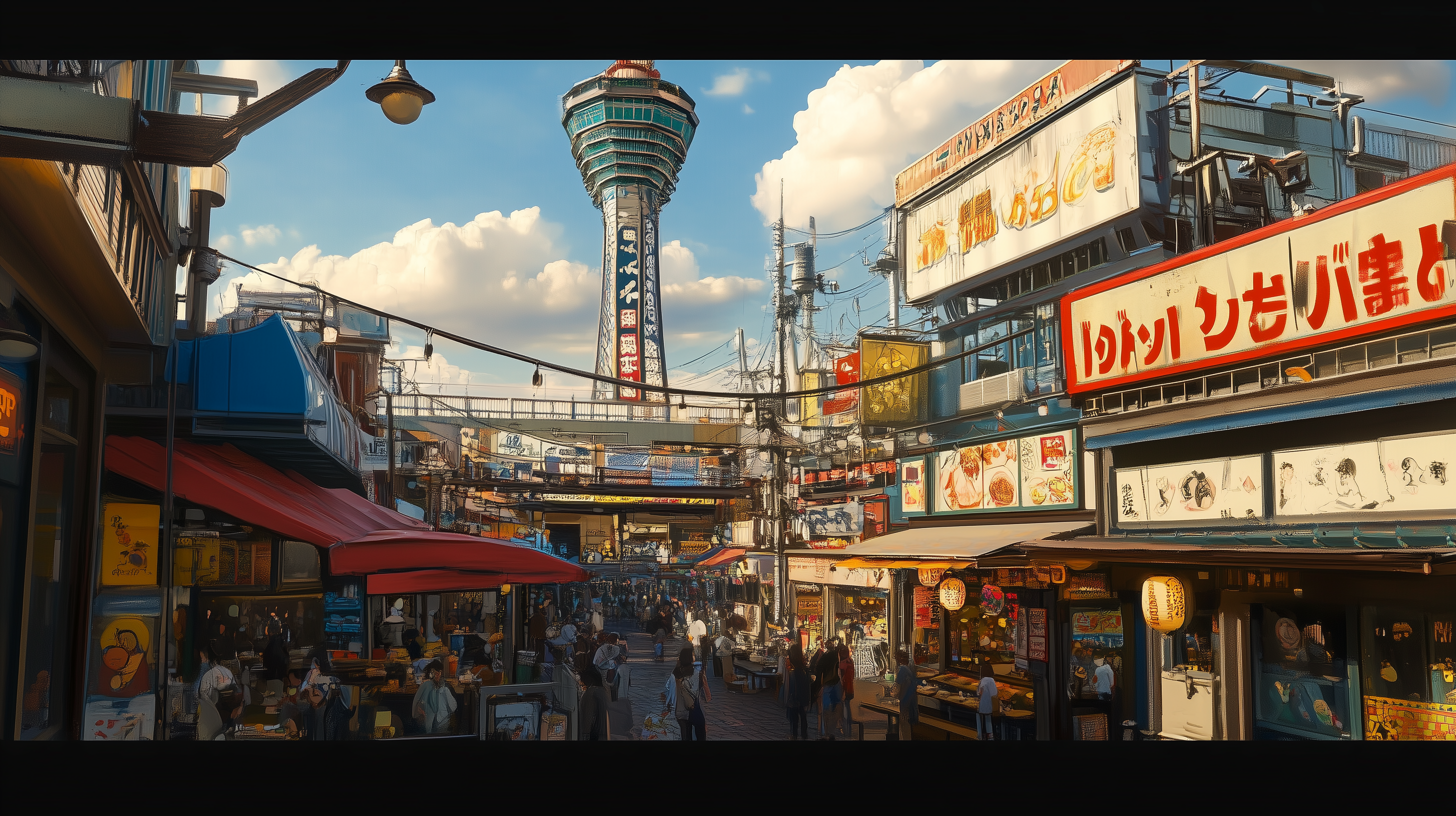
Next, I ventured to Shinsekai, a retro district developed before World War I with a name meaning “New World.” The area exudes a nostalgic charm, with its colorful shops, vintage signage, and the towering presence of Tsutenkaku Tower—Osaka’s answer to the Eiffel Tower.
I ascended Tsutenkaku Tower to its observation deck, where I was greeted by a panoramic view of the city. The deck features statues of Billiken, the “God of Things As They Ought to Be.” Rubbing the soles of his feet is said to bring good luck, a tradition I happily participated in.
Back at street level, Shinsekai’s alleys beckoned with the aroma of kushikatsu—deep-fried skewers of meat and vegetables. I stopped at a local eatery to sample this Osaka specialty, enjoying skewers of shrimp, quail eggs, and lotus root dipped in a tangy sauce. The informal atmosphere and communal tables made it easy to strike up conversations with locals.
Shinsekai offered a glimpse into Osaka’s post-war history and working-class culture, making it a unique addition to my itinerary. To explore more of Osaka’s eclectic neighborhoods, see neighborhoods-to-visit-in-japan.
Evening: Relaxation at Spa World Onsen
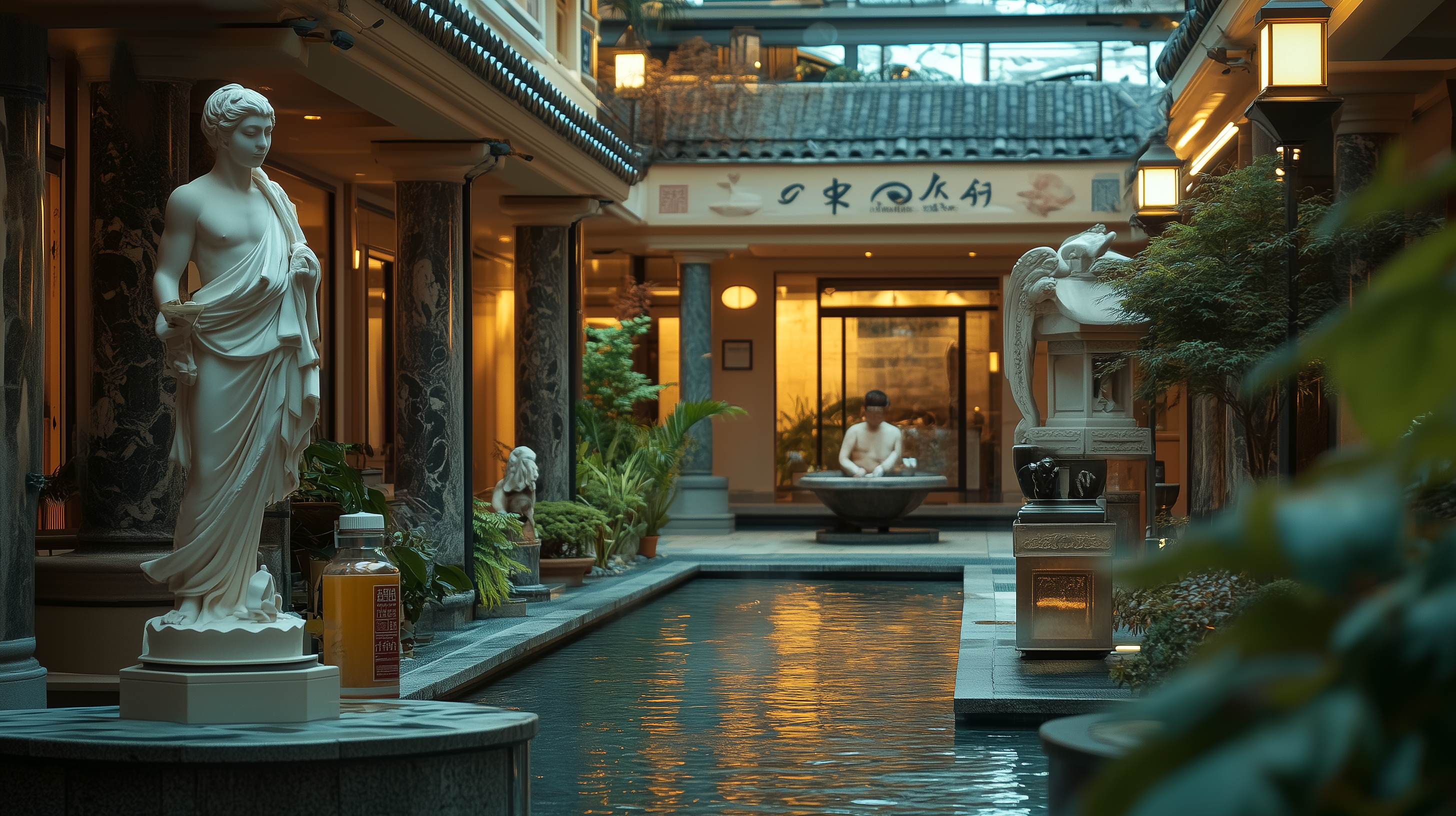
After a day of exploration, I sought relaxation at Spa World, a sprawling onsen theme park in the heart of the city. The facility features baths themed after different countries, offering a global bathing experience. I began in the European Zone, soaking in Roman baths adorned with marble statues, then moved to the Greek medicinal bath infused with herbal essences.
The Asian Zone provided a serene contrast, with Japanese cypress baths and a Bali-style outdoor pool surrounded by tropical plants. The mineral-rich waters soothed my weary muscles, and the tranquil environment calmed my mind. Observing onsen etiquette was straightforward—thorough cleansing before entering the baths and maintaining a respectful quietude enhanced the experience. For first-timers, dining-etiquette-in-japan offers helpful tips.
Post-bath, I enjoyed a foot massage and relaxed in the lounge area with a refreshing bottle of Ramune soda. Visiting Spa World was a rejuvenating way to conclude my Osaka adventure, embodying the Japanese appreciation for wellness and self-care.
Night: Farewell Dinner in Kitashinchi District
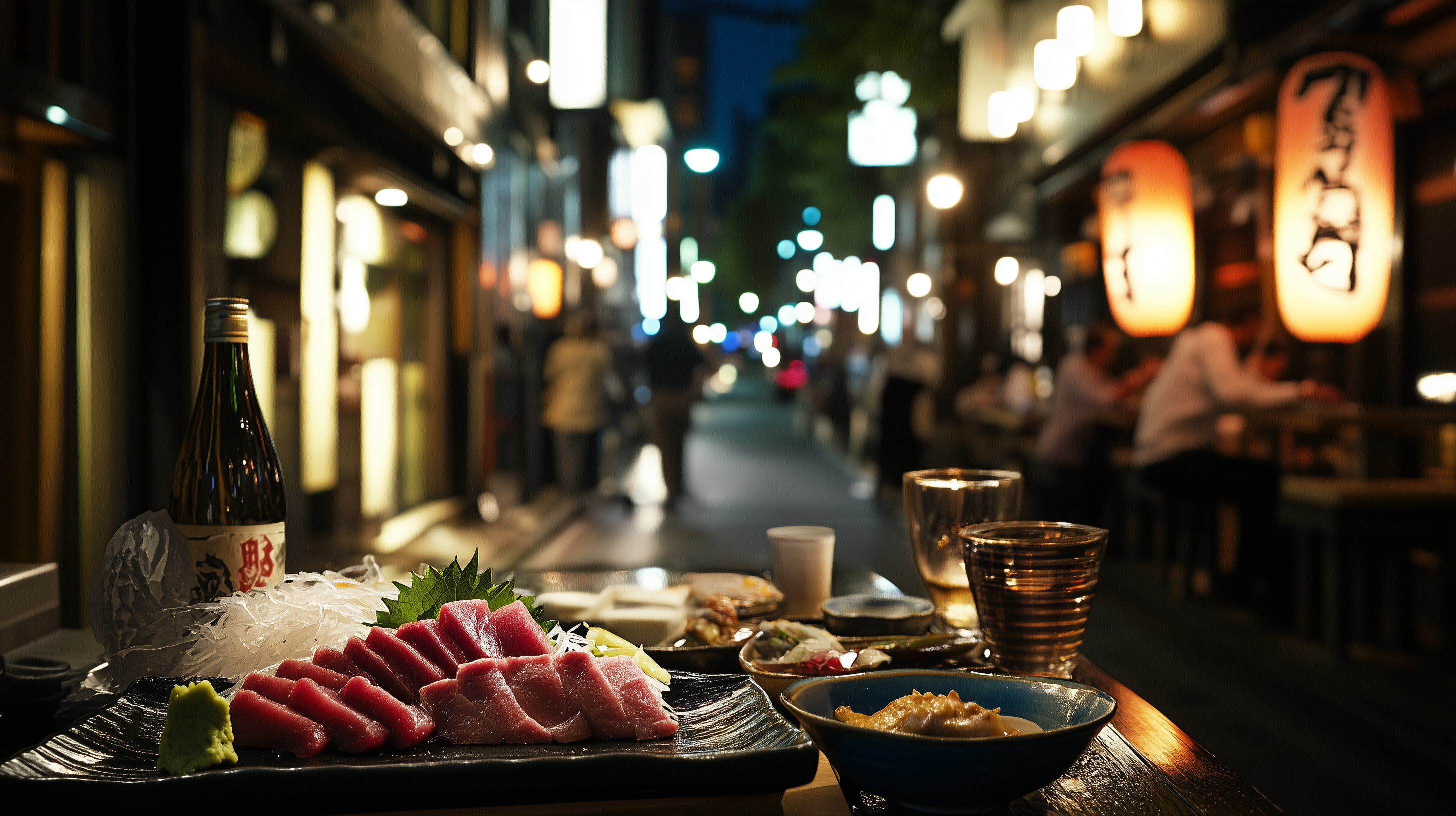
For my final evening, I headed to the Kitashinchi District, known for its upscale dining and entertainment options. The area’s refined ambiance, with its elegant restaurants and softly lit bars, provided the perfect setting for a farewell dinner.
I chose a traditional kaiseki restaurant, where I indulged in a multi-course meal that was as visually stunning as it was delicious. Each dish, from the delicate sashimi to the savory grilled wagyu beef, showcased seasonal ingredients and meticulous preparation. The chef explained the significance of each course, adding depth to the culinary journey.
After dinner, I visited a jazz lounge, immersing myself in live music while sipping on a finely crafted cocktail. The smooth melodies and intimate setting offered a moment of reflection on the past 48 hours. For more on dining in Osaka, fine-dining-in-japan provides excellent recommendations.
Final Thoughts: Embracing the Spirit of Osaka
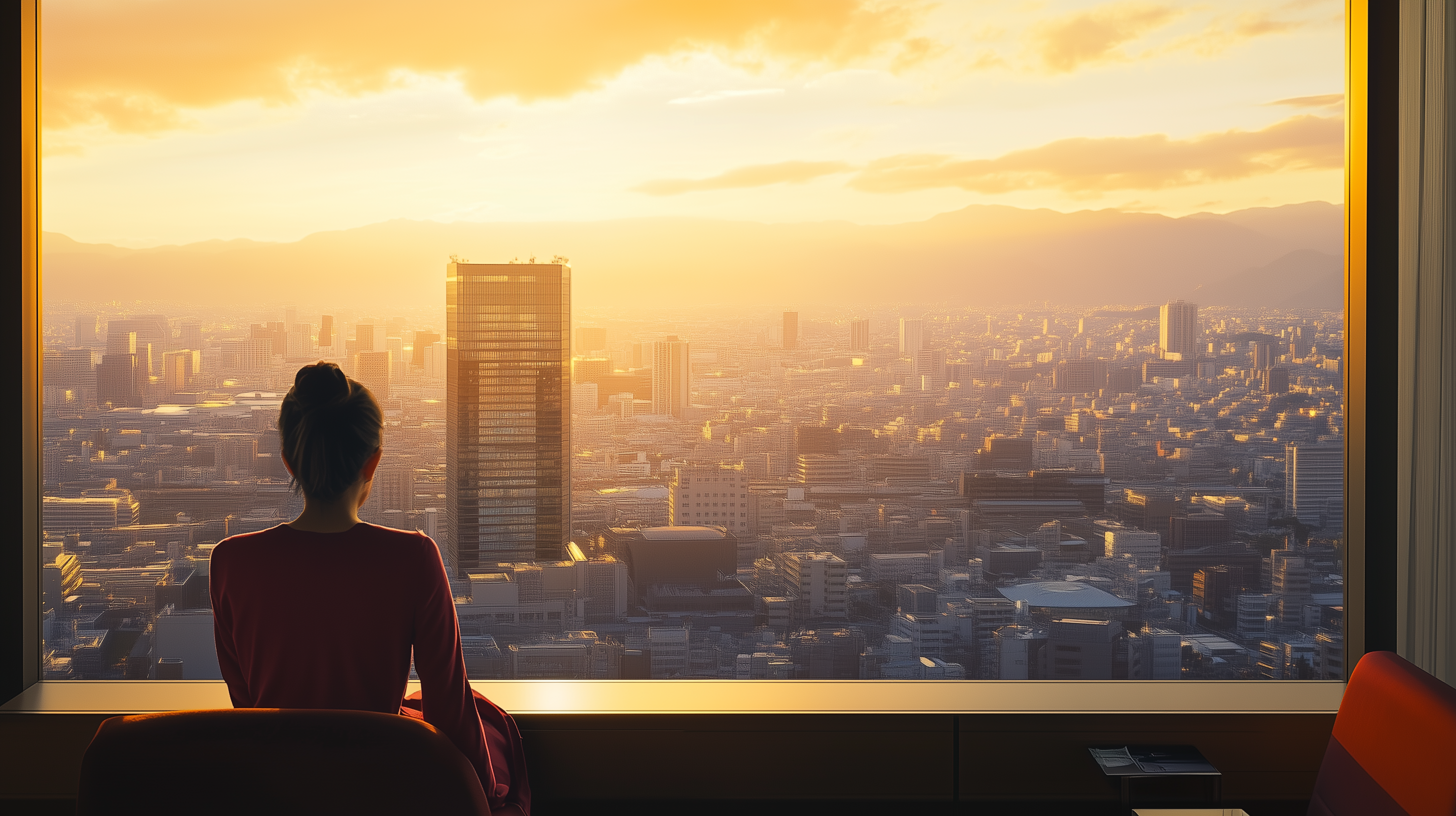
As my layover drew to a close, I felt a deep appreciation for Osaka’s warmth and diversity. The city welcomed me with open arms, offering a rich tapestry of experiences that transcended the constraints of time. From historical landmarks and cultural immersions to culinary delights and moments of serene relaxation, Osaka proved that even a brief visit can leave a lasting impact.
For fellow travelers finding themselves with limited time in this dynamic city, I encourage you to dive in wholeheartedly. Embrace the contrasts of tradition and modernity, savor the flavors unique to this region, and connect with the people who make Osaka truly special.
As I boarded my flight to continue my work journey, I carried with me not just souvenirs, but memories and stories to share. Osaka had transformed a mere layover into a meaningful chapter of my travels.
For more travel insights, tips, and destination guides, visit us at BoardingArea. Safe travels, and may your own journeys be as enriching as mine.

